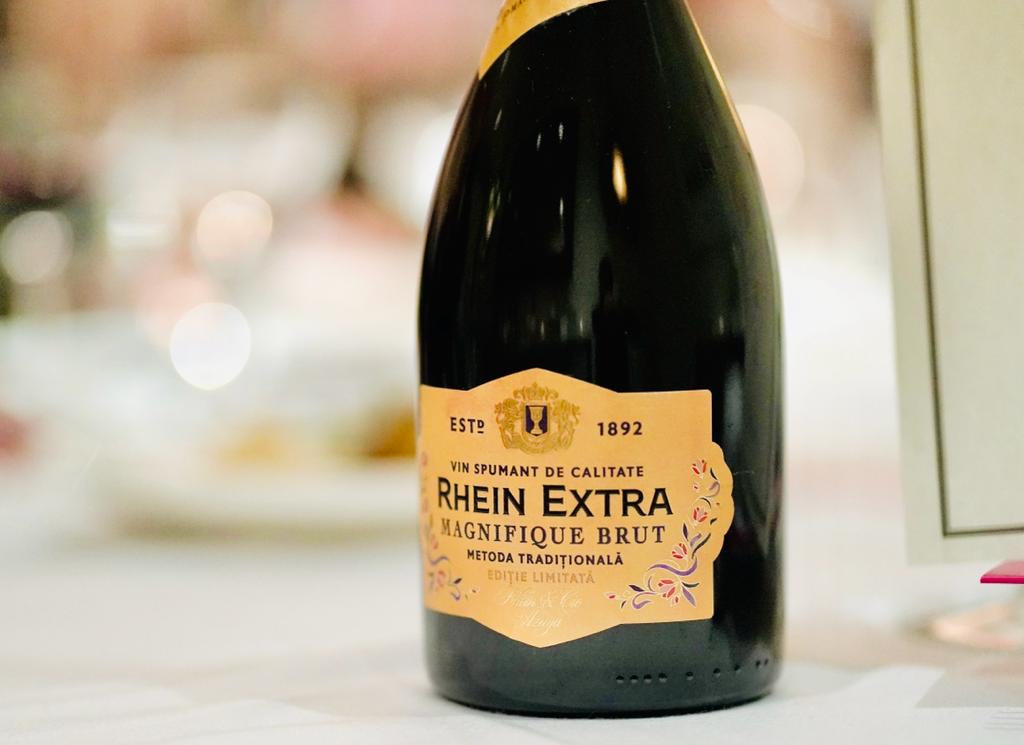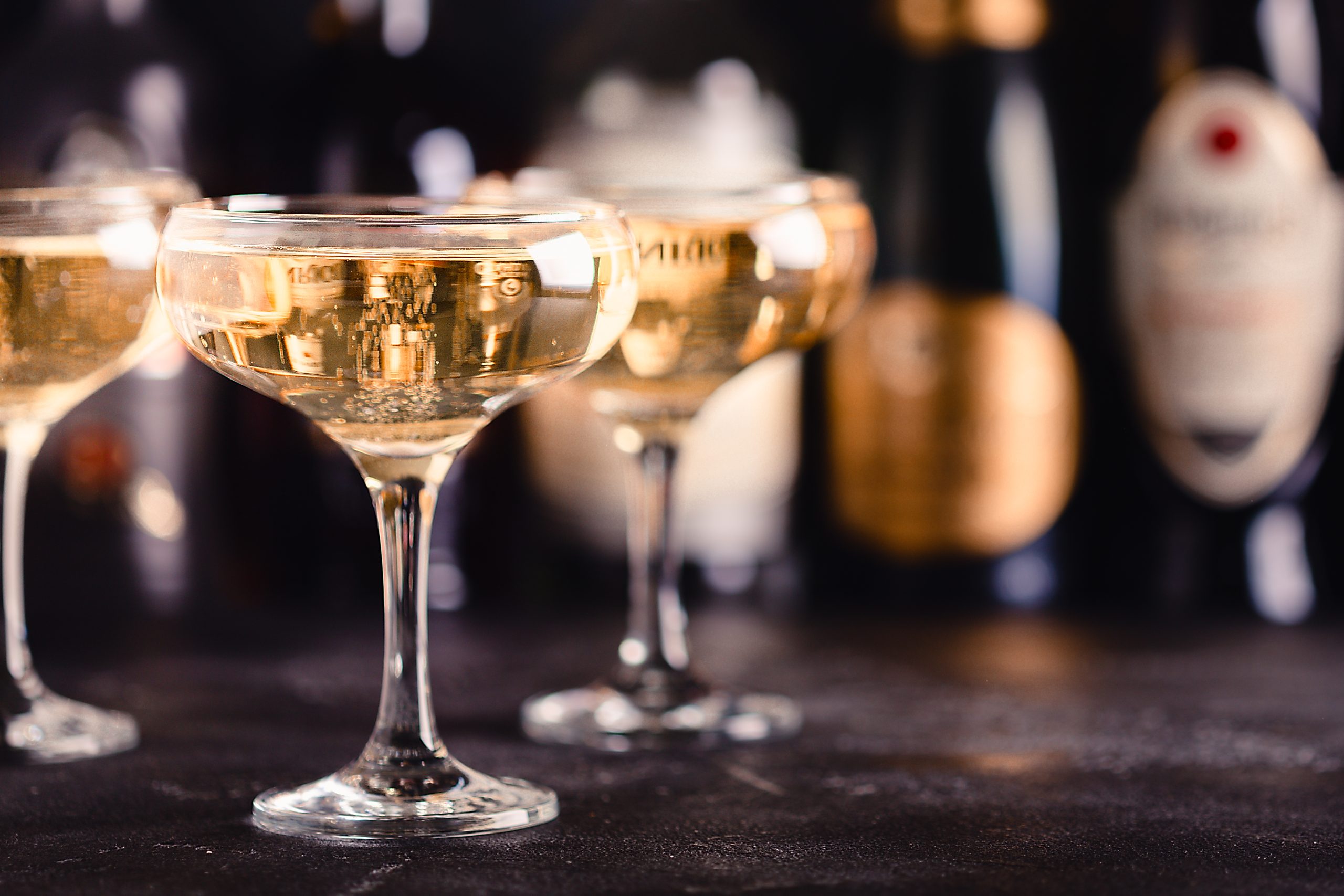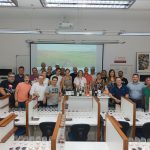There is a big difference between a sparkling wine from Champagne, aged on fine yeast lees for 36 months and "disgorged" two years ago, and an aromatized frizzante. Or that a sparkling wine whose label says "dry" would never be classified as dry if it had no bubbles. We are beginning a journey amongst sparkling wines (and carbonated ones, a term that means completely something else), with the aim of clarifying some of the words and expressions that may confuse us at the shelf.
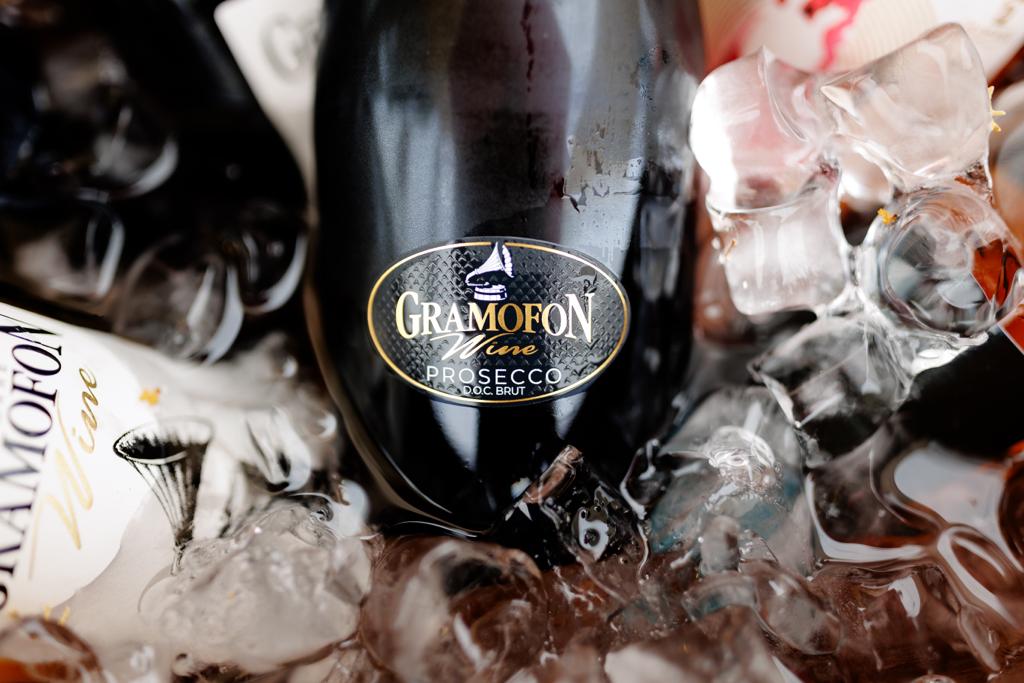
What is sparkling wine?
First of all, to be categorized as sparkling wine, of any kind, the wine must go through a secondary fermentation. In general, a base wine or a blend of base wines (finished wines), is given a "liqueur de tirage", i.e. a mixture of yeasts and sugars (glucose and fructose, usually). The yeasts break down the sugars, producing alcohol and carbon dioxide – the latter being responsible for the formation of bubbles. When you read about "endogenous carbon dioxide", the term refers to the carbon dioxide obtained through this type of fermentation, with few exceptions – with a little patience, we’ll get there.
Categories of bubbles
1) If the carbon dioxide is only added, not from the secondary fermentation, the wines cannot be categorized as sparkling, but as carbonated.
2) From the second fermentation can be born:
- sparkling wines (at 20 degrees Celsius, they have a pressure in the bottle of at least 3 bars),
- quality sparkling wines (minimum 3.5 bar pressure),
- petillant wines (1-2.5 bars).
3) If carbon dioxide is added, carbonated wines (minimum 3 bars) or perle wines (1-2.5 bars) are obtained.
*All of the above are translations for the Romanian law requirements
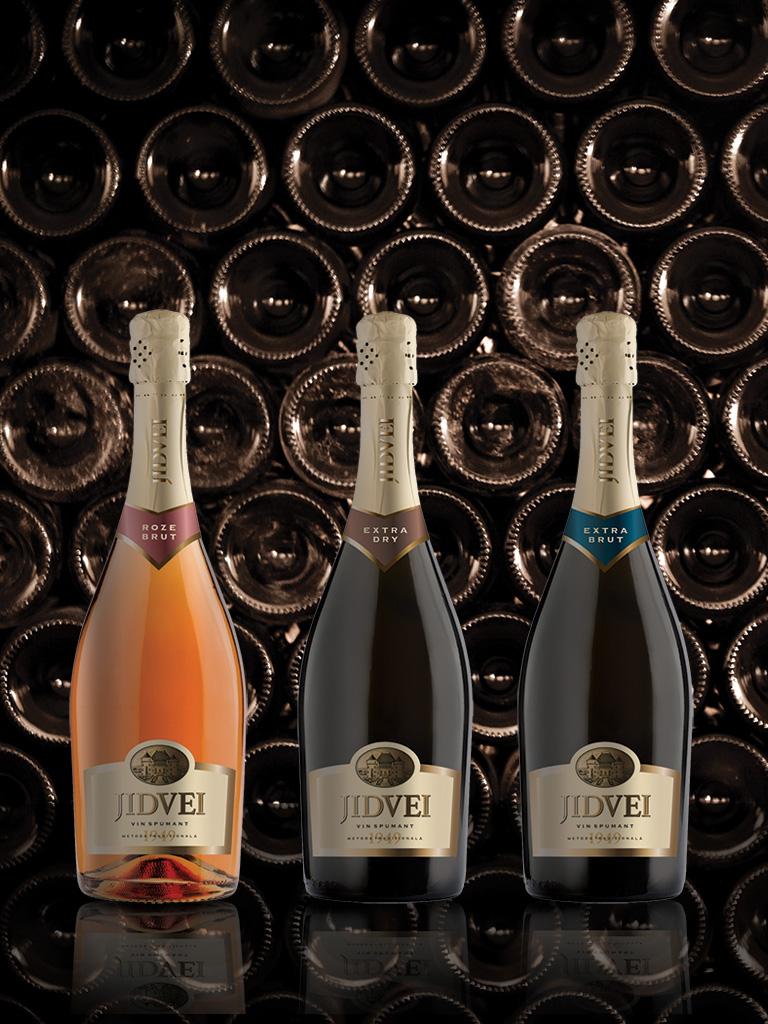
Sparkling wine produced according to the traditional method
The sparkling wines passed through the second fermentation (endogenous CO2), in turn, are produced either bottle by bottle (traditional method) or in large vessels (thousands or tens of thousands of liters, via the Charmat method).
In the first version, the traditional one, we are talking about a long process – the wine is made, bottle after bottle are given the liquoeur de tirage, go through re-fermentation, remouage (the bottles, closed with a temporary cap, like the beer one, are held with the neck down, so that the yeasts are gathered gravitationally into the cap), disgorging (a process in which the neck of the bottle is frozen and the cap is replaced with the traditional "mushroom" cork), aging and only then sent onto the market. The vast majority of sparkling wines from Champagne, Spanish Cava, but also Cremant (sparkling wines from Alsace or other French regions or from Luxembourg) or Sekt (more precisely those from the Winzersekt category) from Germany and Austria fit into this category. In Italy, the country that recently managed to surpass the threshold of 1,000,000,000 (yes, a billion!) bottles of prosecco, there is also the Franciacorta region, in Brescia, where sparkling wines are still produced according to the traditional method. There are 20 municipalities included in the Franciacorta Designation of Controlled and Guaranteed Origin (DOCG), with a production that increased from 2.9 million bottles in the 90s to 6.7 million in 2006, to skyrocket today (2022 figures) up to 20 million bottles. 2,200 hectares of vines are registered in the DOCG Franciacorta.
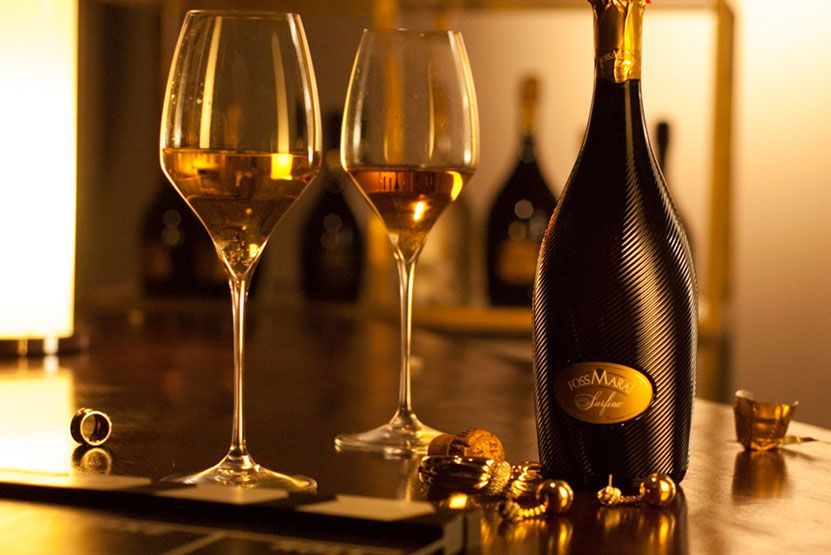
Sparkling wine produced according to the Charmat method
It is often said that Bill Gates is the author of viral quote – “I don’t leave complicated things in the hands of the intelligent, but in the hands of a lazy person, because he will discover the simplest / most effortless solution”. It is not clear if the quote’s origin is correct, but it is certain that someone fell in love with Champagne and thought: "There must be a simpler way". Although it is called the Charmat method, this simpler way was patented by Federico Martinotti in 1895, and only then perfected by Eugene Charmat, in 1907. In the same year when Romanian peasants were uprising asking for property over land, theirs were looking for sparkling wine… but let’s not digress!
As in Champagne, the finished wine receives a dose of sugars and yeasts, in a closed system (stainless steel tank with a special construction, to withstand the pressure), so that the resulting CO2 is not lost. The advantage is enormous – the process can last between one and six weeks, after which the sparkling wine can already be bottled. Without investing, without any guaranteed income, in dozens of employees, temperature-controlled spaces and thousands or hundreds of thousands of bottles, which will just lay there between at least six months and… (fill whatever you want instead of dots, up to 20 years or more). Obviously, even with prosecco, things are more complicated than they seem. Those that are longer aged on the yeasts are more complex, the place where the wine was born is equally important (according to altitude, soil, density of the plantation, rainfall, etc.), but we will discuss these details in the next episode.
Keep an eye on Wines of Romania for stories about petillant, pet-nat, frizzante, carbonated wine and others!
